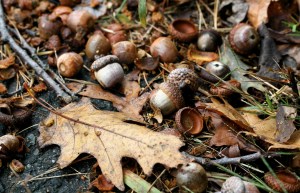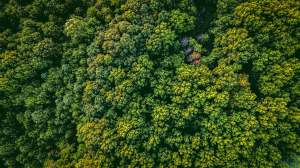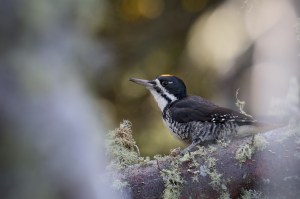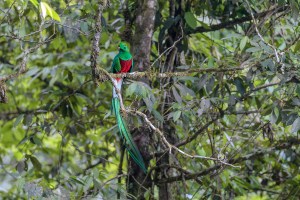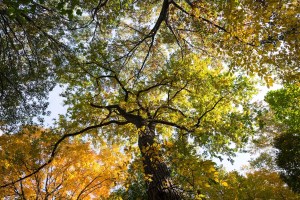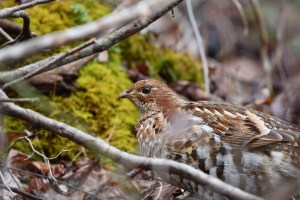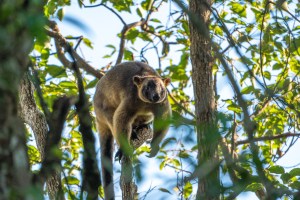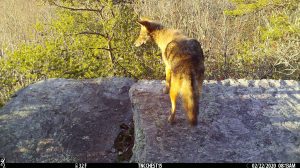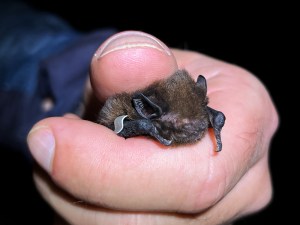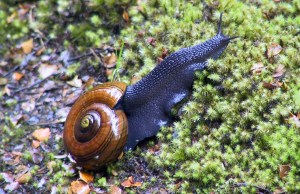Discover stories in Forests
The Mystery of the Mast Year
Scientists still aren’t sure why some populations of trees drop extraordinary quantities of nuts, fruits, or seeds every few years—or how they coordinate across vast ranges to do so.
Forest Carbon Projects May Help More Than We Thought—New Study Finds Leakage Often Overestimated
New findings challenge current carbon market accounting practices and advocate for more nuanced, carbon-specific leakage estimates to ensure integrity and unlock greater investment in Climate Smart Forestry as a natural climate solution.
Searching for Black-backed Woodpeckers After the Burn
Learn the fascinating life history of the unusual, elusive black-backed woodpecker.
Maximizing Climate Returns: Albedo Accounting for Smarter Carbon Investments
New research shows how the albedo effect—Earth’s reflectivity—influences how well forest restoration projects can help cool the Earth.
Breakfast with the Resplendent Quetzal
Haunting the cloud forest on a quest to find the magnificent, and increasingly rare, national bird of Guatemala
To Help Iconic Trees, Inject Them With Disease
To save American elms, conservationists are quite literally injecting disease into the trees. This Q&A explains why.
A Partnership for a Healthier Appalachian Forest
Restoring a healthy Appalachian forest has many benefits, for wildlife and local communities.
Young Forests Are an Overlooked Climate Solution
New research by TNC scientists provides the first detailed picture of the carbon removal value of naturally regrowing forests
Meet the Kangaroos That Live in Trees
Tree-kangaroos are one of the world’s most bizarre and fascinating mammals.
Camera Trap Chronicles: Rattlesnakes and Howling Coyotes
And more. Coming to you from TNC's Bridgestone Reserve in central Tennessee.
Tracking the Tiny Bats of Aotearoa
Join scientists for a night of bat trapping in New Zealand, where predator control is helping to protect the country's only endemic land mammal.
These Carnivorous Snails Slurp Earthworms Like Spaghetti
Meet the powelliphanta snail, a weird and wonderful New Zealand endemic that slurps earthworms like pasta.
